Wondering how to dress for an interview? From startups to corporates, here’s the complete guide to interview dressing for all age groups and body types!
Hey gorgeous! If you’re hunting for a new job, you’re probably in a bit of a stressed place. There’s so much to worry about when you’re going for an interview without even thinking about what you’re gonna wear. So much going on in your mind – Will you do well? What if you’re so nervous you forget your well rehearsed about yourself speech?! Will they offer a good salary? And if they do, will you like the workplace enough to join?
Why You Need to Be Well Dressed for Interview
If you are well-dressed, groomed, it creates a powerful executive presence. If you exude a sense of style, your interviewer can visualize you as the future face of the company, and so your chances for getting selected increase many-fold.

So here’s a couple of things to keep in mind, and some ideas on how to dress for an interview.
Interview Dressing: Your Goal
Your goal is to create an impressionable executive presence. So wear something that lets you be your most professional, confident self. If that means wearing heels, wear heels, if that means wearing flats, wear flats. The point is, wear whatever showcases the best of your appearance and attitude.
 Preparation
Preparation
If you really want that job, show them how well you can fit in. It’s always good to do a bit of research about the company’s work culture before you choose how to dress for an interview. See if they have any pictures of their staff on their website or social media pages, and gauge how formally or informally they dress. Similarly, also look up your prospective interviewer on Google or LinkedIn to understand how they dress.
Formal, Semi-Formal or Informal?
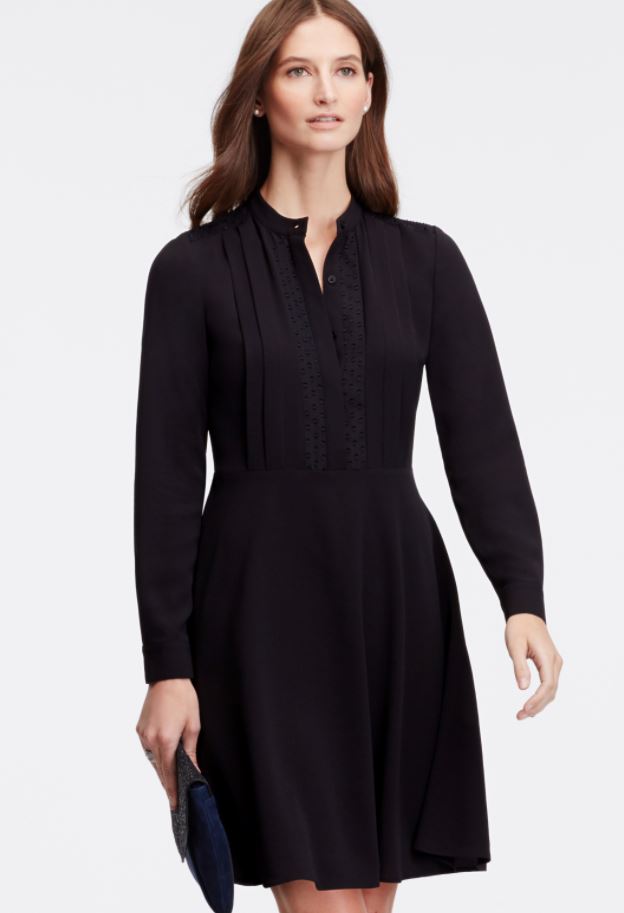
If you arrive and find yourself more formally dressed than your interviewer, it’s perfectly okay. But not the other way round.
How to Dress for an Interview
- Dress according to the position you’re applying for. If it’s a senior management position, dress slightly conservatively, and try to look like you can lead. Business suits, full sleeves and pants work great as interview attire for women. If it’s an internship you’re applying for, you can try a half-sleeved blouse with a knee-length skirt or trousers to look like a young professional full of new ideas! You need to look fit for the role.
- Avoid clothing that shows too much skin when choosing your interview dress. I read this rule somewhere – a woman should never show three things at the workplace – your cleavage, the back of your neck and your toes. While most companies are okay with peep-toe shoes or tees these days, a bit more conservative is always the better choice for interviews.
- Avoid anything too shiny, like shiny fabrics or tacky jewelry. Go for the subtle look.
- Avoid neons or colors that are too bright, unless the job calls for it. Neutrals or deep colors work well paired with black or white.
- Don’t let these tips make you dress in a boring way. Your look should be elegant, yet show your confidence. Let the focus be on your talent, not just your dress.
What to Wear to an Interview
Some great options to try as interview outfits are:
1. Shirt with Trousers
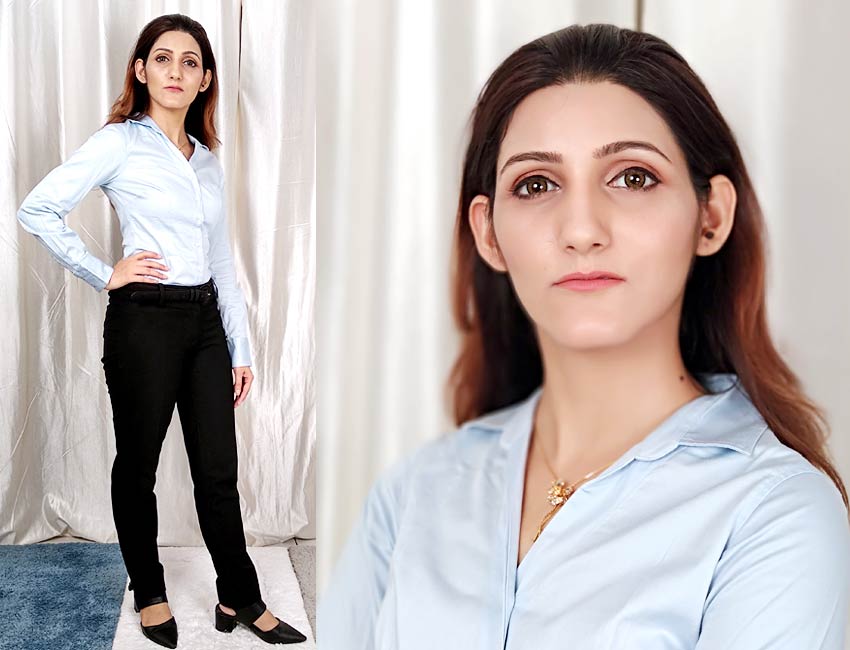
2. Business Suit/ Skirt Suit
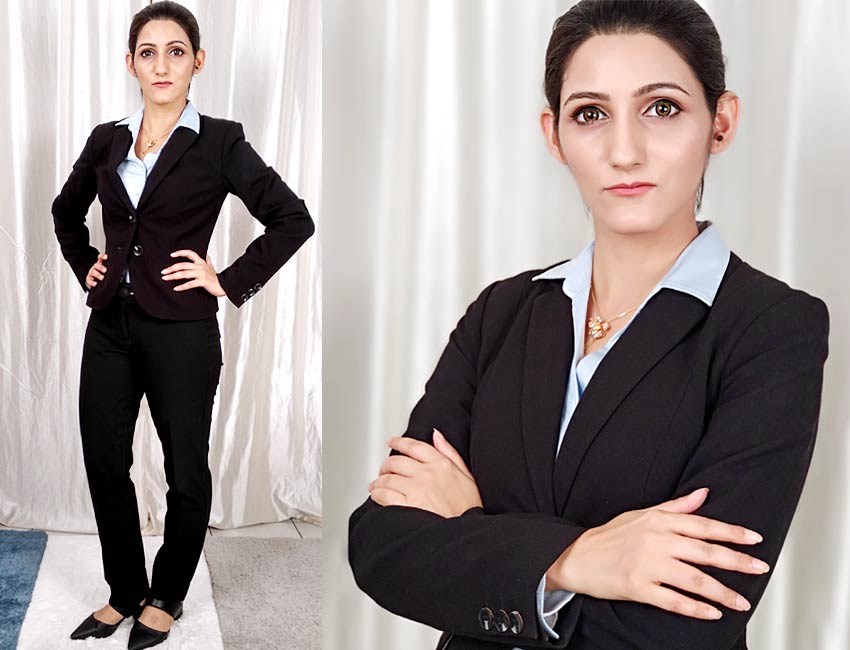
3. Sleeved Blouse with Trousers
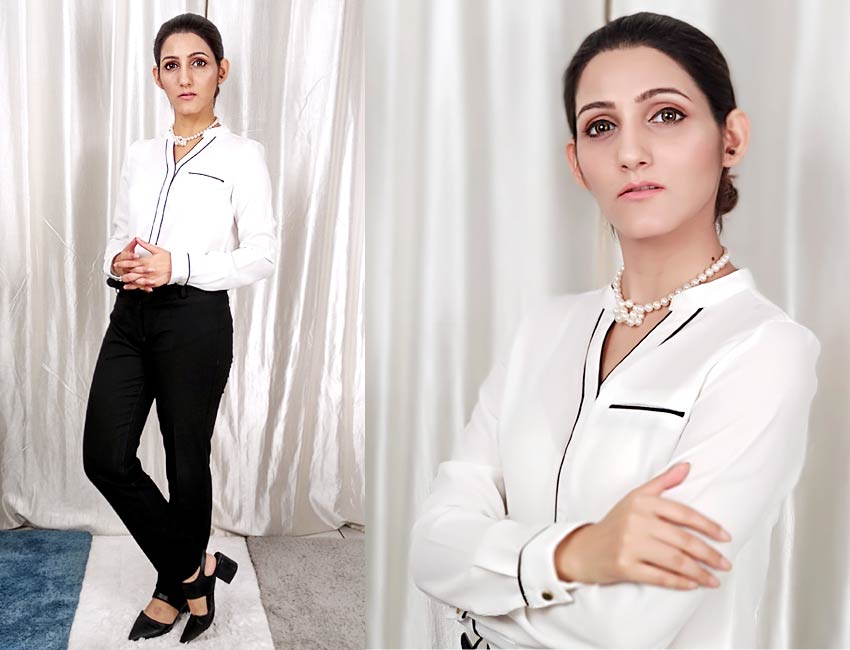
 4. Midi Skirt with Shirt
4. Midi Skirt with Shirt

5. Formal Jacket with Trousers + Basic Shell Top
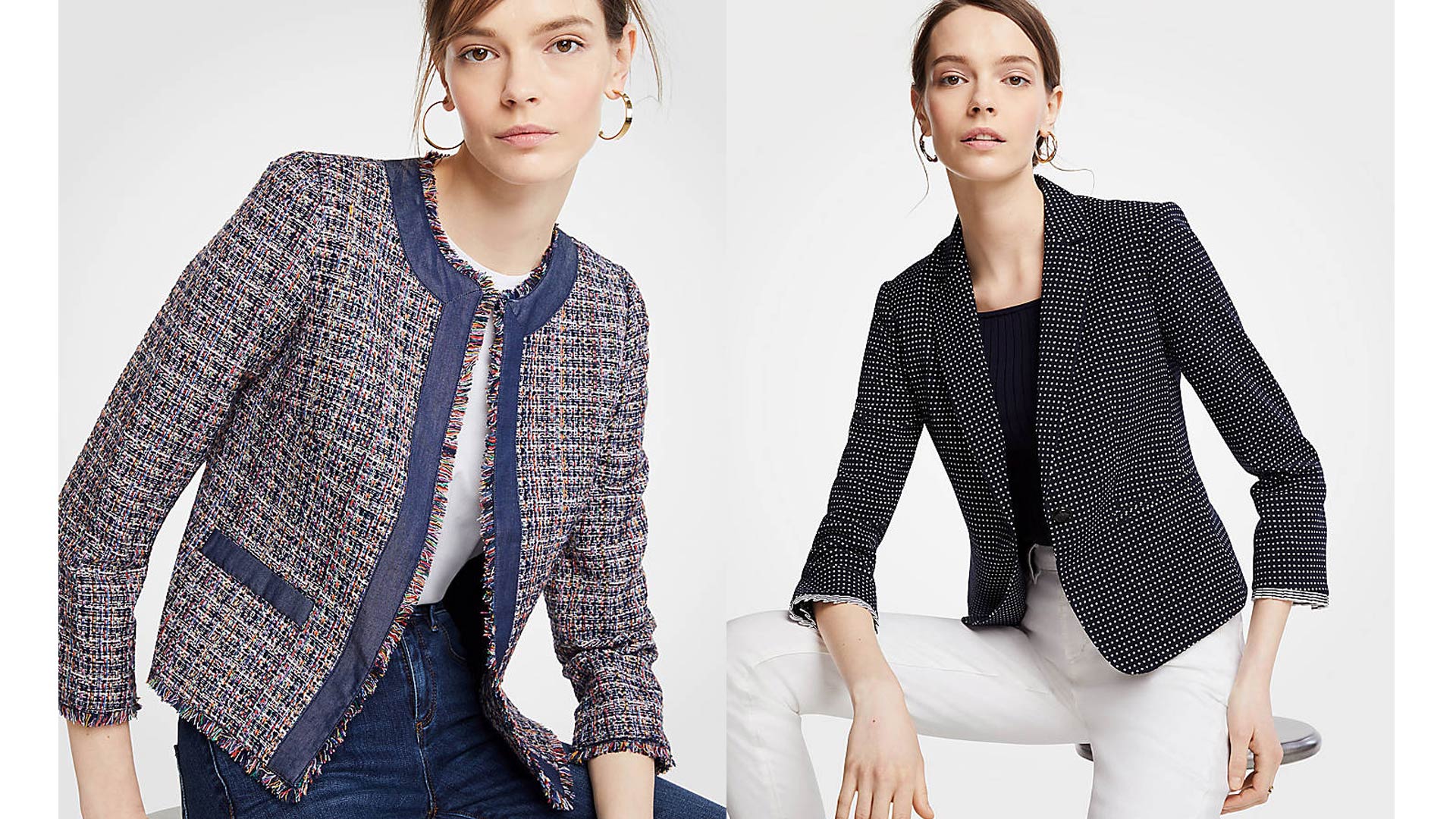
6. Formal Collared Dress
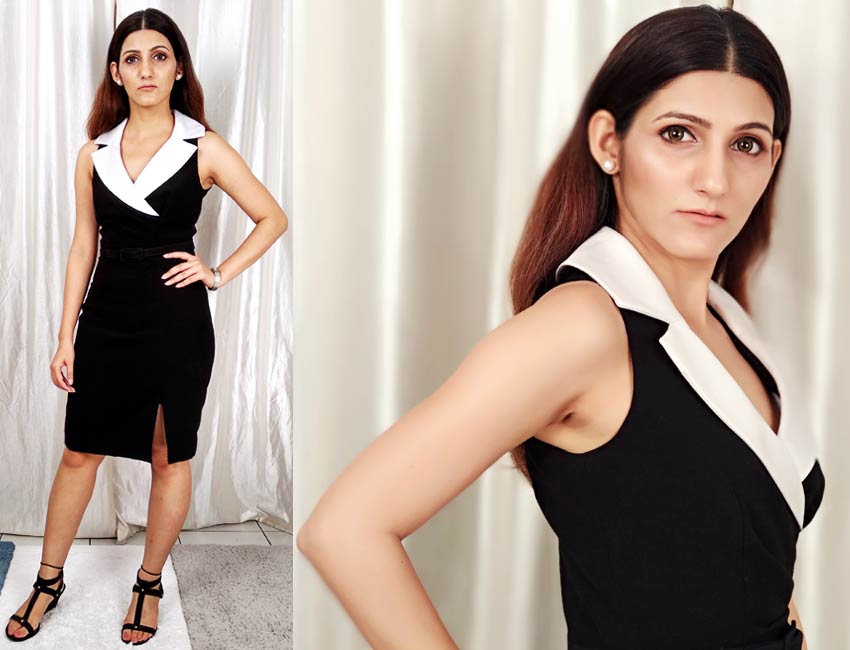
 7. Buttoned Pant Suit
7. Buttoned Pant Suit
Women’s classic pantsuits work for every age and body type. If you’re plus sized or pear shaped, go for a pantsuit that covers the hips.
8. Tunic + Skinny Pants
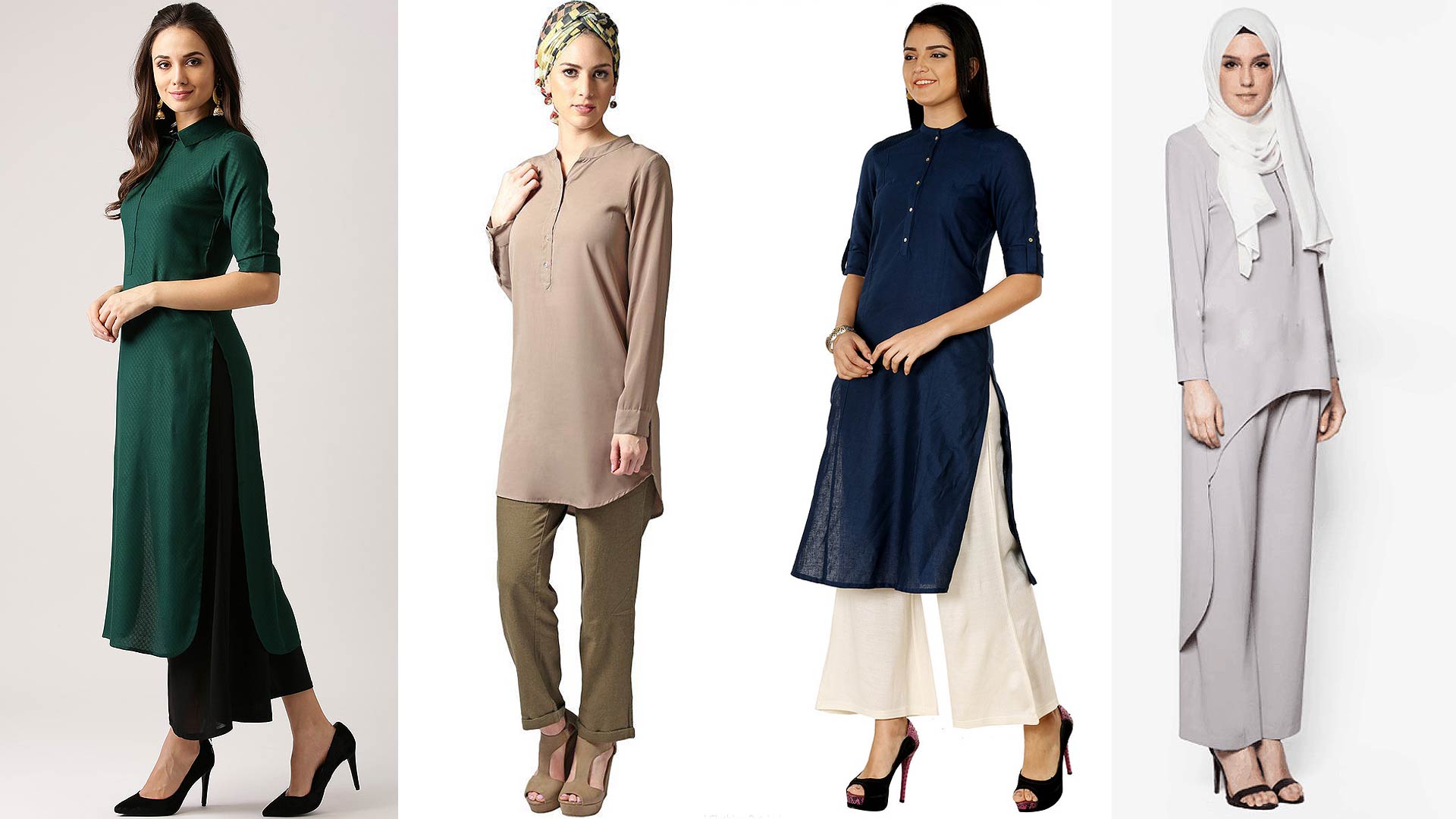
Accessories for Interview Outfits
Now that you’ve selected how to dress for an interview, choose your formal accessories.
- Good accessories to complete your outfit with are a structured leather handbag, neutral colored/ black pumps or flats, a thin pearl necklace or small stud earrings.
- If you have too many stray hair, you can tame it with a plain headband.
- Keep a pen handy for anything you may be asked to write or jot down at the interview.
- Make sure you have a professional-looking laptop sleeve or resume file, whichever is necessary. It should be easy to take out if the interviewer asks to see your portfolio or resume.
Grooming: How to Look Polished
You can’t have a guide on how to dress for an interview without focusing on the finishing touches.
- Make sure your outfit is well-ironed, clean and fits well. Avoid too tight or loose clothing.
- Don’t forget the finishing touches that make your overall look more polished.
- Keep your nails neatly filed or cut, and go for a neutral-colored or nude nail polish. Avoid red or other bright colors for more professional environments.
- Your hair should be tied into a ponytail, bun or be combed away from your face.
- Avoid stray hair and flyways. Keep the hair neatly in place.
- Keep your makeup light and simple. The no makeup makeup look works well for most interviews. Go for thin eyeliner, light layer of mascara, and light pink or nude lipstick over natural BB cream or light foundation.
- Avoid cakey or distracting makeup at all costs. It’s better to have no makeup on than too much.
- Avoid too much perfume. A light whiff of fresh scent is more than enough.
- Check your appearance in the mirror before you walk in, to make sure your teeth are clean, your hair looks neat, your face looks awake and you look confident.


Shilpa Ahuja the editor-in-chief of ShilpaAhuja.com, which she founded with the goal of inspiring confidence in the modern working woman through fashion. Other than defining the direction of the magazine, she also writes about fashion & beauty trend forecasts, industry analysis, and opinions.
Shilpa’s work has been published in the University of Fashion blog and Jet Airways magazine. She is also an artist, illustrator and cartoonist. She is also the creator of Audrey O., a comic series that represents the lifestyle of millennial women. She enjoys creative writing and world travel. Her art has been exhibited at Harvard Graduate School of Design and the Aroma Hotel, Chandigarh and been published in Chandigarh Times.
Originally from Chandigarh, Shilpa also has a degree in architecture and has worked in interior project management. She is also the author of the book “Designing a Chinese Cultural Center in India”. Shilpa has a Masters in Design Studies degree from Harvard University.
For feedback and questions, please email [email protected].
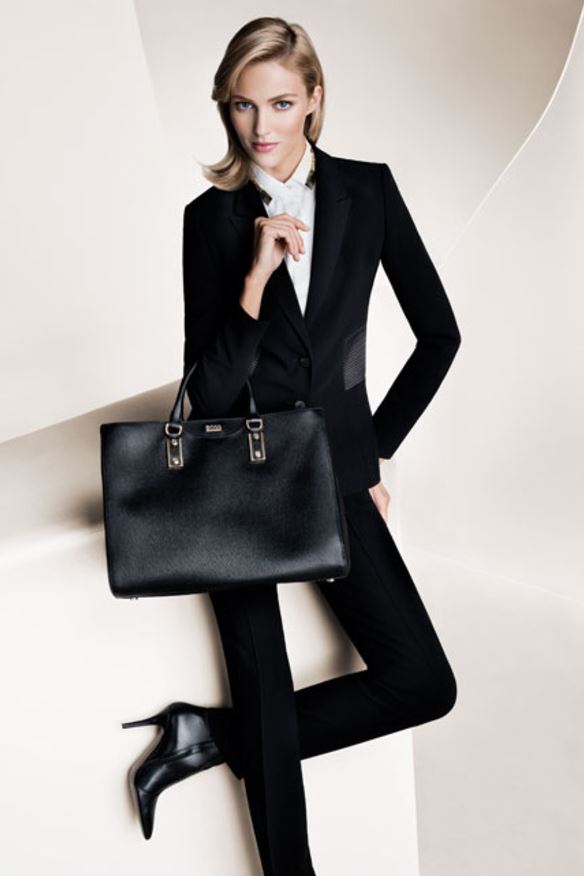
 Preparation
Preparation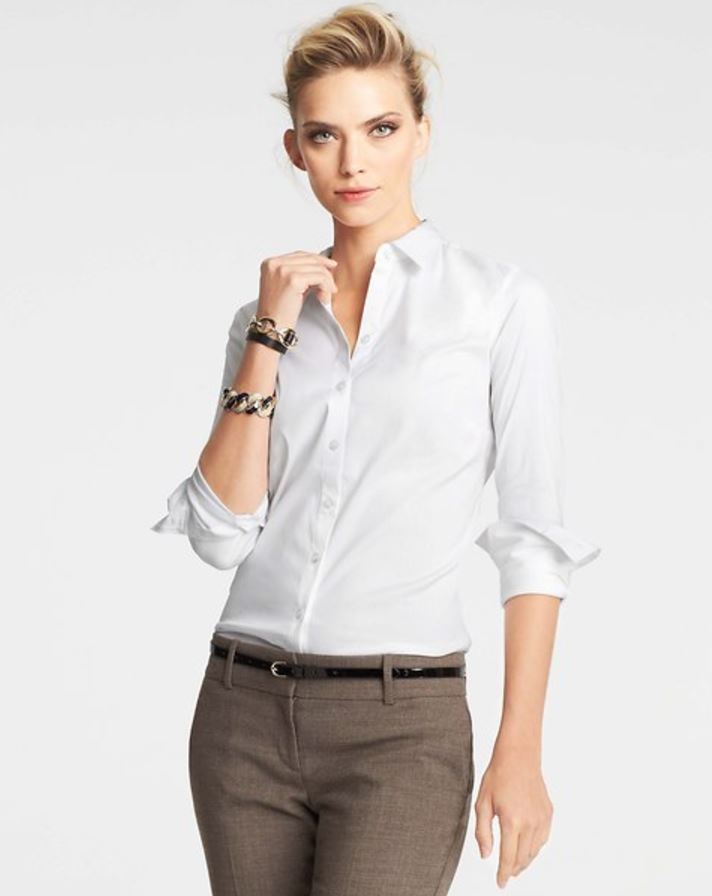

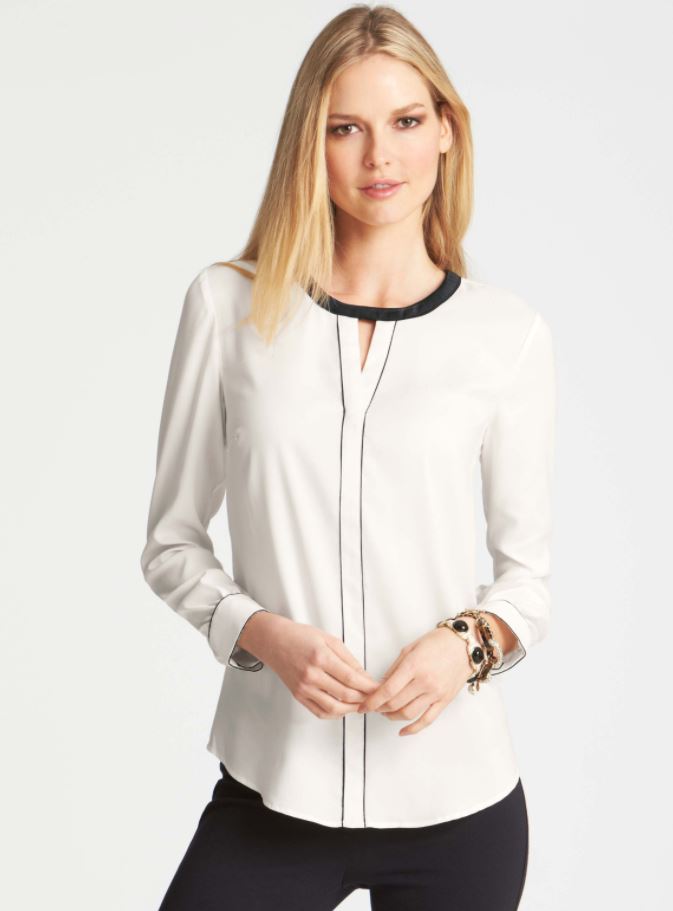 4. Midi Skirt with Shirt
4. Midi Skirt with Shirt

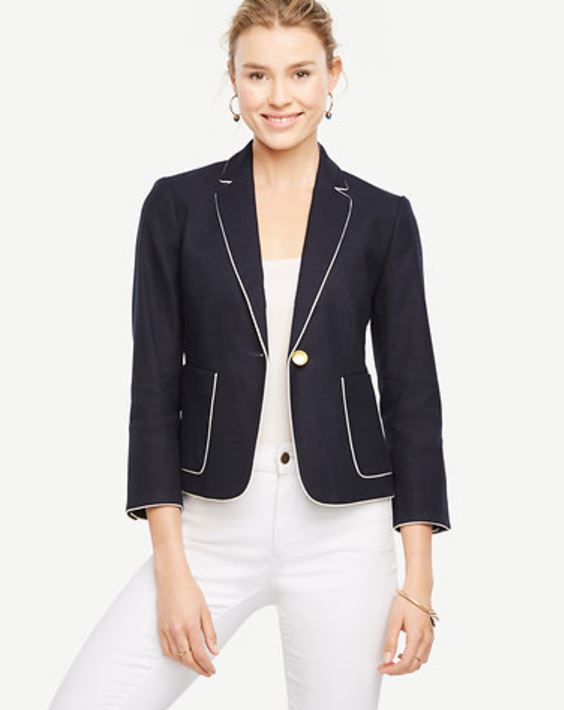
 7. Buttoned Pant Suit
7. Buttoned Pant Suit


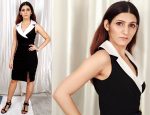





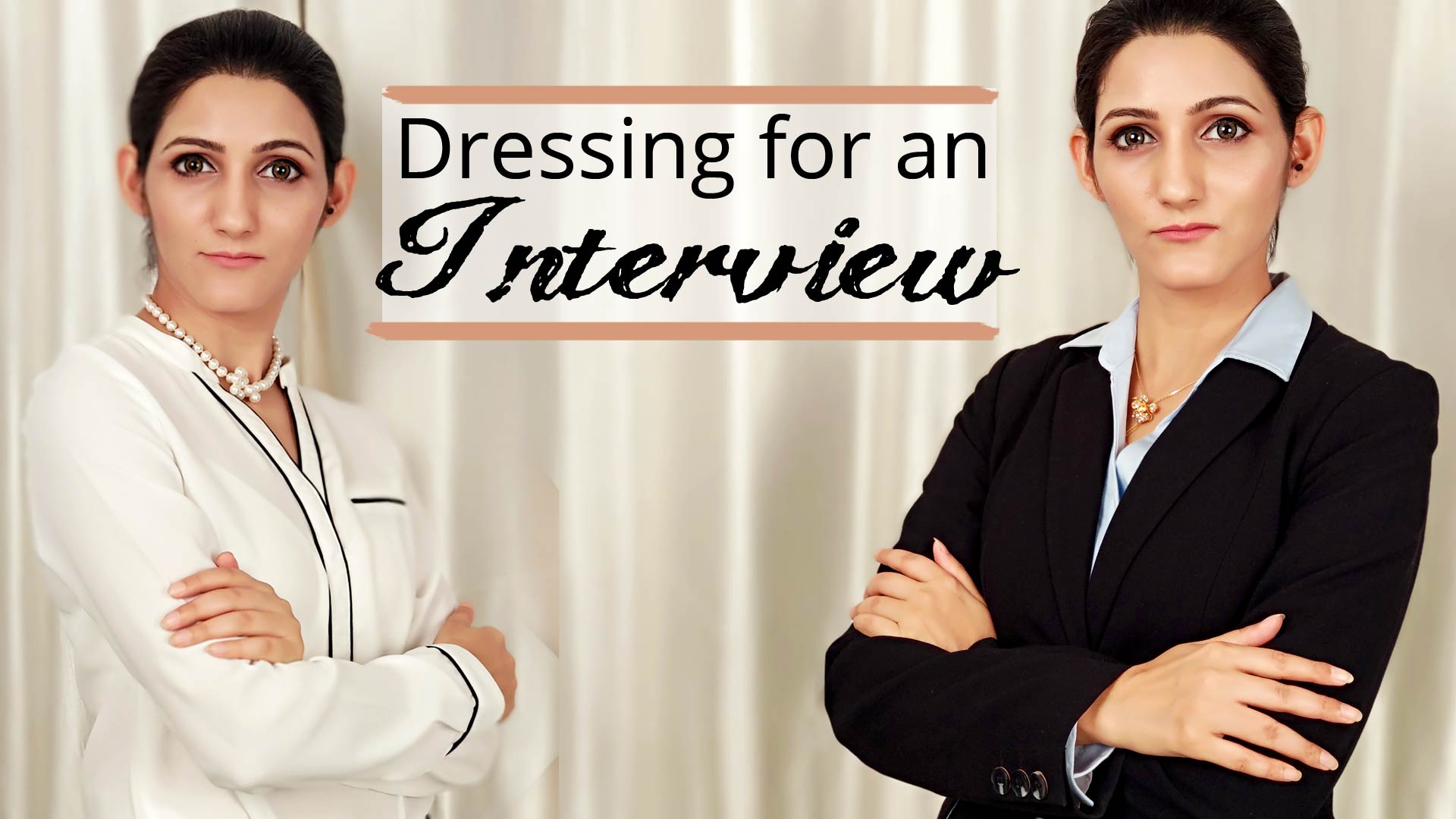
I want to know about saree and footwear
for an interview and
Select a saree in a non-shiny fabric and make sure it’s well-ironed and draped, and pallu is pinned up, so you look immaculate. For the shoes, you can do flat bellet shoes, peep-toe wedge heels, or even pumps if you’re comfortable wearing heels. It’s best to wear what you can walk in comfortably.
Mam what for a central govt job interview
I mean black pants and pink shirt ..I am not lean bt not fat too .. is it necessary to wear blazer over it?? will it not look informal if i wear pant shirt with a tie
Thanks for your question, Garima. It depends on the department you’re applying in. For most work environments, a pant-shirt combo looks formal as long as the shirt has long sleeves, and is tucked in, worn with a belt. A blazer is only required if the workplace calls specifically for business formals. Hope that’s helpful and best of luck!
Is it okay to wear dark coloured shirt with a black suit for an MBA interview or should I stick to lighter shirts?
Stick to light-colored shirts. If you’re interviewing for a formal work environment, especially ’cause this is an MBA interview, they want to see your ability to fit into management roles. Management candidates are also being judged for their ability to speak with clients or handle campus placement interviews in the future, so you need to dress for success. So keep it formal or at least semi-formal.